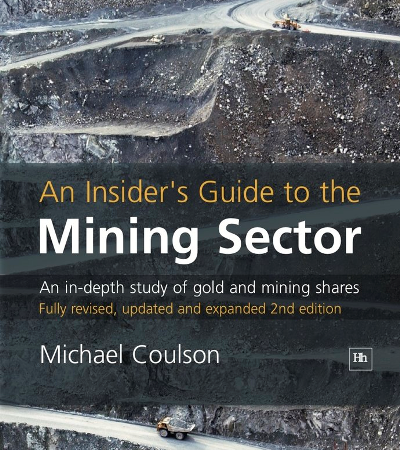http://www.leaderpost.com/index.html
For L-P Specialty Products
In an effort to encourage new investments in uranium mining, the provincial government made changes to its uranium royalty structure earlier this year.
Tim McMillan, Minister Responsible for Energy and Resources, said the new royalty structure now recognizes actual costs incurred in development and mining.
“The old uranium royalty structure, which was put in place in 2001, presented a number of challenges,” said McMillan. “It was based on assumed costs and over the last 13 years we have seen the cost of construction far exceed assumptions that were put in the old model.”
The old royalty system had a very negative effect on mining in Saskatchewan. Over the years, many development and mine projects have been placed on hold because the structure would not recognize certain actual costs.
“We corrected that system, which was no longer reflecting the true costs of building a new mine or bringing new projects forward,” said McMillan.


























